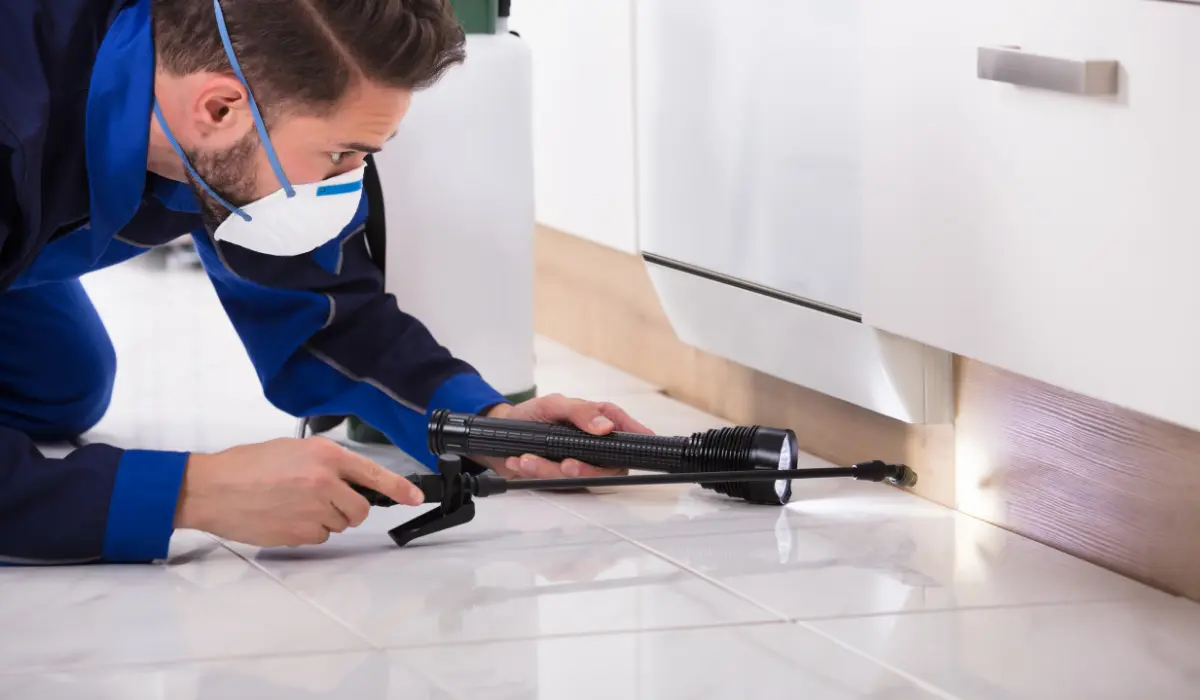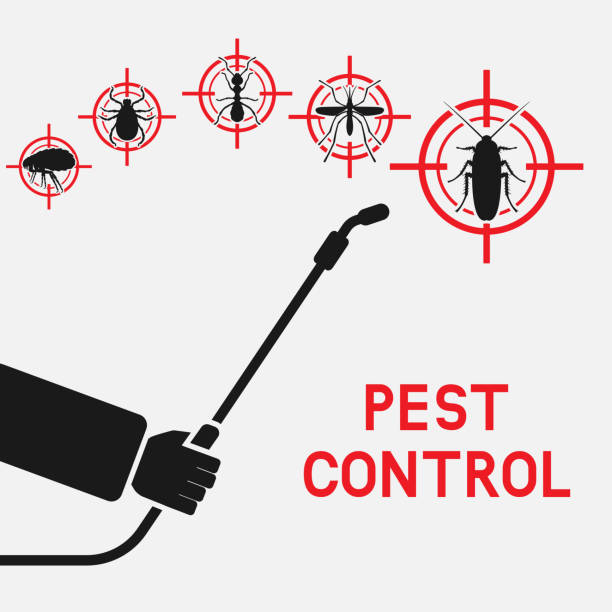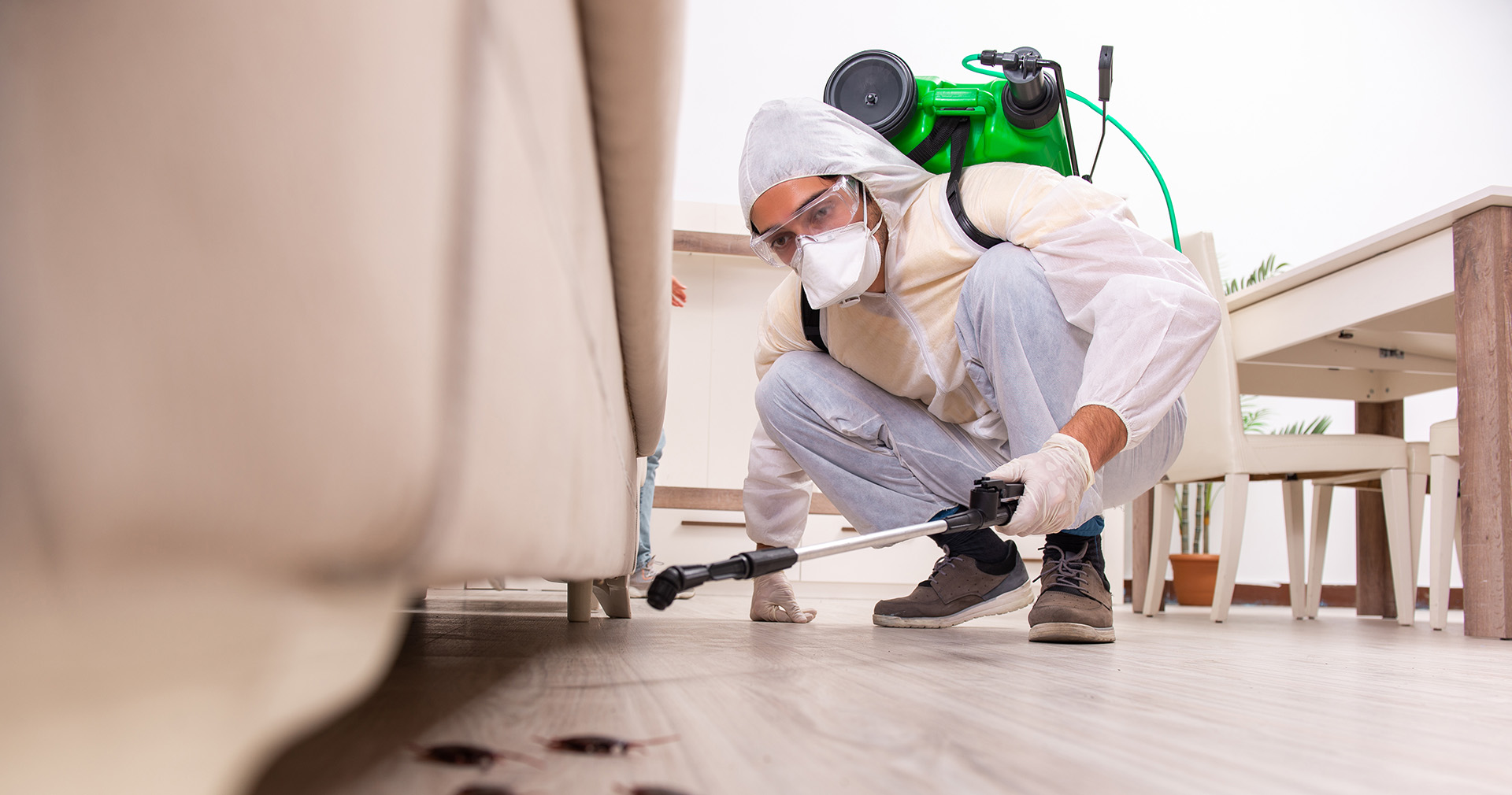Leading Insect Control Solutions to Keep Your Home Pest-Free
From determining common family insects to applying natural and chemical control options, each action plays an important function in securing your living environment. Understanding these different parasite control services is vital, yet the performance of each technique can vary dramatically based on particular circumstances.
Identify Common Home Pests
Household parasites can disrupt the convenience and safety of any type of home, making it important to determine them quickly. Usual family bugs consist of insects and rats that can cause damage to residential property and present wellness dangers. Amongst one of the most widespread are termites, roaches, and ants.
Ants, especially, are social pests that can get into kitchens looking for food. They leave pheromone routes, which can result in huge nests otherwise attended to. Cockroaches are well-known for their capacity to breed rapidly and can set off allergies and bronchial asthma. They thrive in warm, wet environments and are often located in cooking areas and restrooms.
Termites, on the other hand, are wood-destroying bugs that can drastically compromise the architectural stability of homes. Their visibility is frequently identified via signs such as mud tubes or disposed of wings.
Rats, consisting of rats and computer mice, are one more usual family parasite. They are not just an annoyance yet additionally posture wellness threats by contaminating food and spreading illness. Determining these parasites early is important for reliable management, maximizing the chances of a successful removal and protecting the home atmosphere.
Safety Nets and Maintenance
Efficient bug control begins with safety nets and routine maintenance to lessen the threat of problems. Property owners should focus on a complete evaluation of their homes to identify potential access points for parasites, such as splits in wall surfaces, spaces around windows, and rooms under doors. Sealing these openings with caulk or climate stripping can substantially reduce the probability of pests going into.
Additionally, preserving a tidy setting is crucial. On a regular basis decluttering locations, specifically basements and attic rooms, can get rid of hiding spots for insects. It is also crucial to keep food in airtight containers and immediately address spills and crumbs. Outside, homeowners must maintain gutters tidy and make certain that standing water is removed to deter breeding grounds for pests.
Landscaping practices contribute also; trimming trees and shrubs away from the home can prevent pests from using them as pathways. Regularly evaluating and preserving displays on doors and windows will additionally safeguard against unwanted invaders. By applying these preventive measures and devoting to regular maintenance, property owners can dramatically decrease the danger of pest invasions, ensuring a healthier and extra comfortable living setting.
Natural Parasite Control Methods
Many natural bug control approaches offer ecologically friendly choices to typical chemical therapies. These methods not only decrease damage to helpful microorganisms yet also promote a much healthier living environment.
One effective method is making use of crucial oils, such as pepper mint or tea tree oil, which can deter different parasites because of their strong aromas. Another popular option is diatomaceous planet, an all-natural powder stemmed from fossilized algae that can kill insects by dehydrating them upon call.
Friend growing is also a helpful method; particular plants, like marigolds or basil, can drive away insects while bring in helpful pests. In addition, presenting all-natural killers, such as ladybugs for aphid control, can significantly lower parasite populaces without chemicals.

Eventually, integrating these natural pest control techniques can create a reliable and lasting insect monitoring method, ensuring your home remains pest-free while straightening with ecological conservation efforts.
Chemical Parasite Control Options
When dealing with persistent pest invasions, chemical pest control options offer a targeted approach to taking care of unwanted microorganisms. These services normally include using chemicals developed to get rid of or hinder parasites properly. Chemical parasite control can be classified into two major kinds: pesticides, which target bugs, and herbicides, made for plant bugs.
Insecticides might come in different types, including sprays, granules, or lures, allowing house owners to pick the technique that finest matches their needs. Sprays can give immediate outcomes, while baits may use even more prolonged control. It is vital to select items that are appropriate for the details sort of bug being dealt with, as well as safe for use within a domestic atmosphere.
While chemical insect control can produce fast outcomes, it is essential to comply with tag guidelines thoroughly to minimize threats to people, family pets, and valuable pests. Incorporating chemical methods with precautionary steps, such as securing entrance factors and keeping tidiness, can enhance performance and decrease the probability of future infestations. By utilizing liable practices, chemical insect control alternatives can be a crucial part of an overall insect monitoring technique.
Specialist Elimination Solutions

Professional pest control men make use of a range of methods, consisting of incorporated parasite administration (IPM), which emphasizes using non-toxic and ecologically friendly solutions whenever feasible. This approach not just targets the current infestation but additionally concentrates on protecting against future incidents by addressing the underlying problems that attract bugs.
Furthermore, specialist solutions often supply warranties and follow-up check outs to guarantee the performance of their therapies. This ongoing support can offer homeowners assurance, understanding that their living atmosphere is being checked for any indicators of bug resurgence. In comparison to do it yourself approaches, which might yield short-lived alleviation, specialist elimination solutions provide durable outcomes, making them a rewarding investment for keeping a pest-free home.
Conclusion
In summary, maintaining a pest-free home necessitates a multifaceted strategy that includes identification of common parasites, execution of safety nets, and factor to consider of both all-natural and chemical control methods. Specialist elimination services function as a crucial resource for addressing severe problems. By adopting incorporated bug monitoring approaches, house owners can make sure a long-lasting solution that prioritizes security and performance, ultimately securing living rooms from unwanted intruders while promoting a much healthier environment.
When facing relentless insect invasions, chemical bug control options offer a targeted technique to managing undesirable microorganisms - coquitlam pest control. Chemical insect control can be categorized into 2 major kinds: pesticides, which target pests, and herbicides, developed for plant pests

These solutions employ experienced bug control professionals who perform comprehensive inspections to identify the degree of an invasion and the particular bug varieties entailed.In recap, preserving a pest-free home necessitates a complex approach that Continued includes recognition of common insects, implementation of precautionary actions, and consideration of both natural and chemical control approaches.